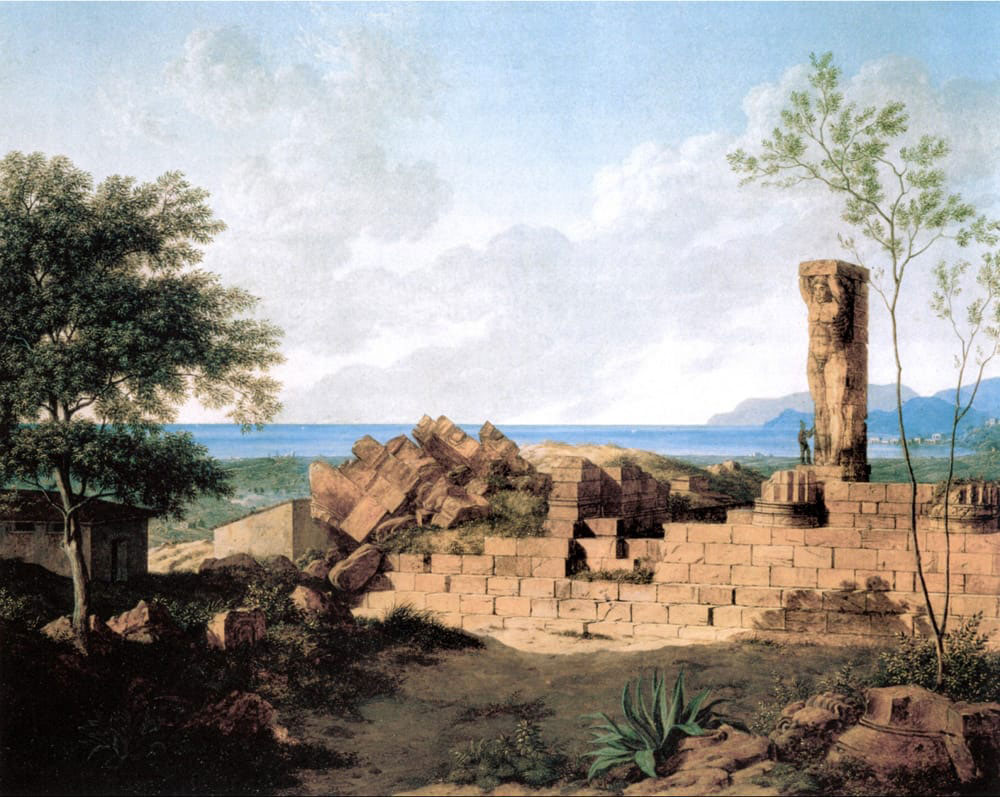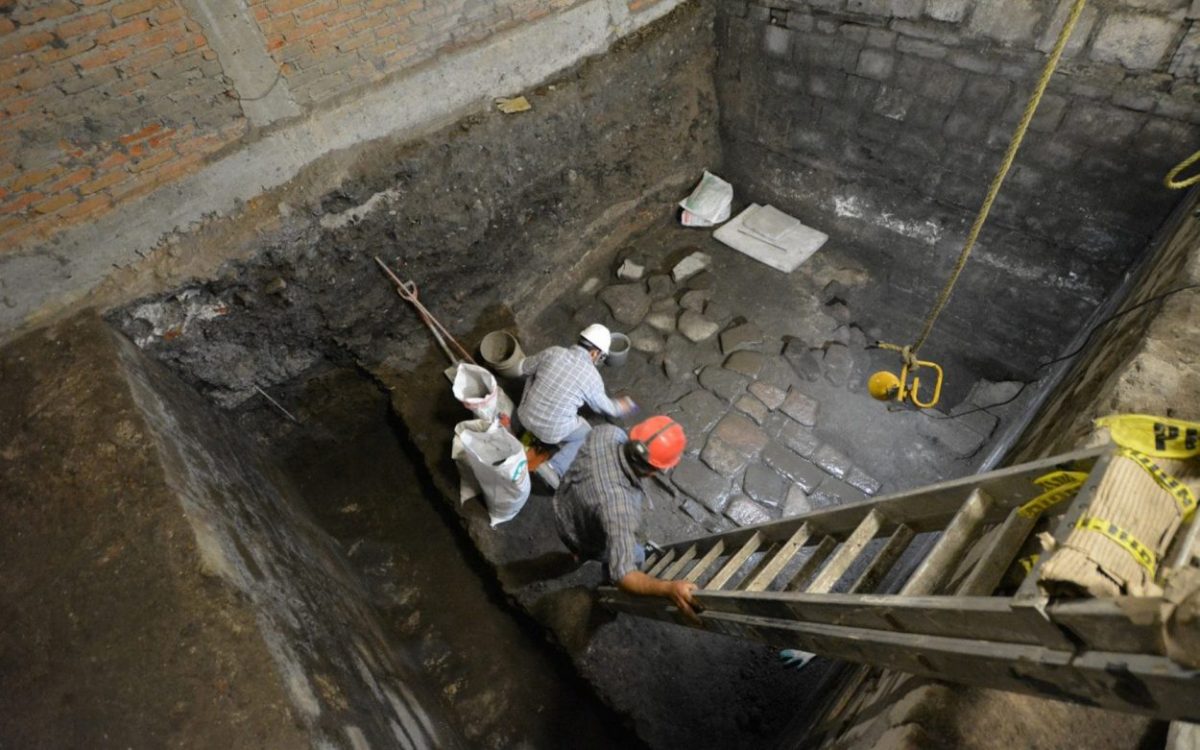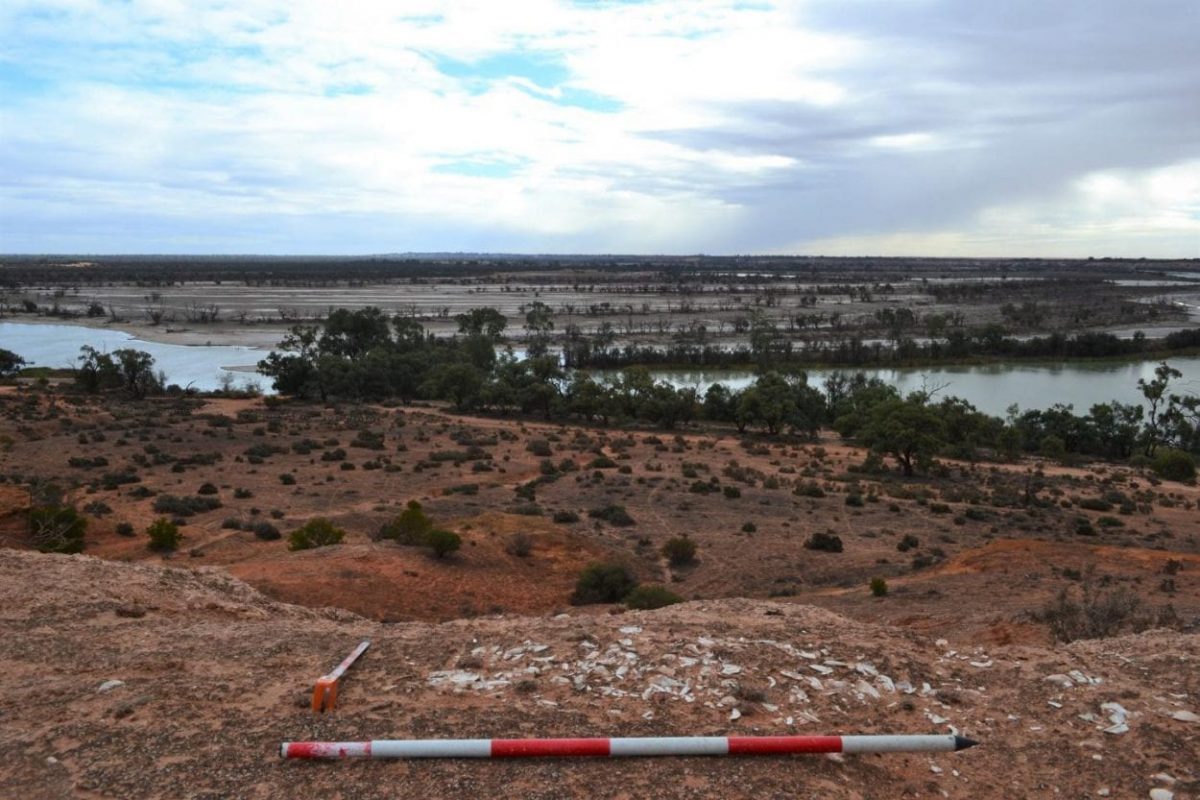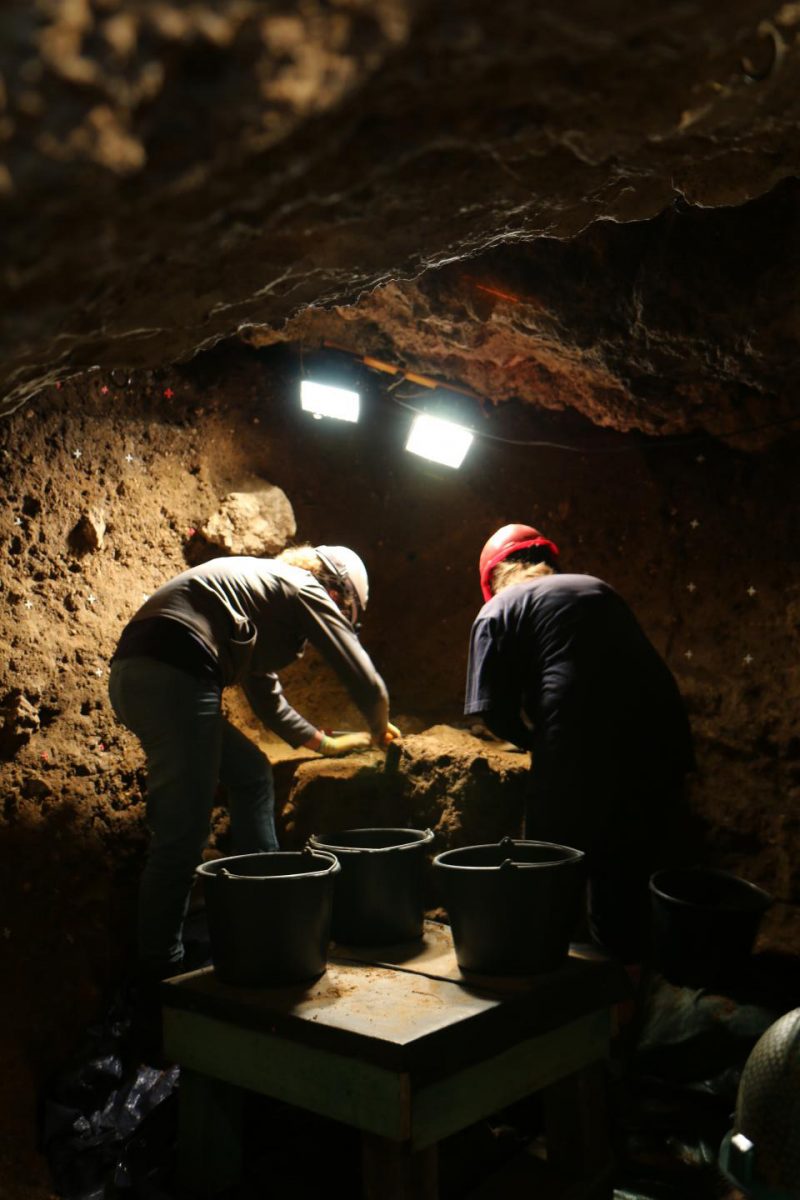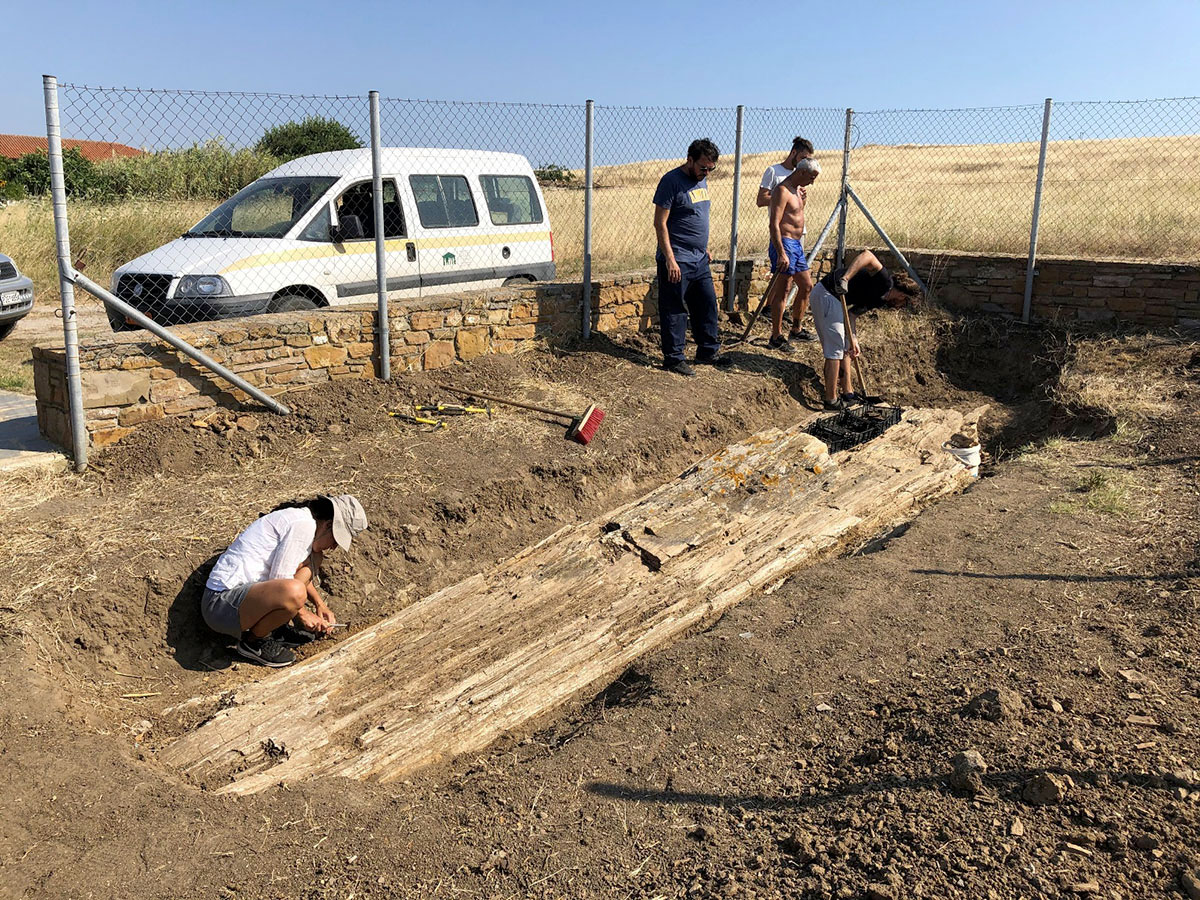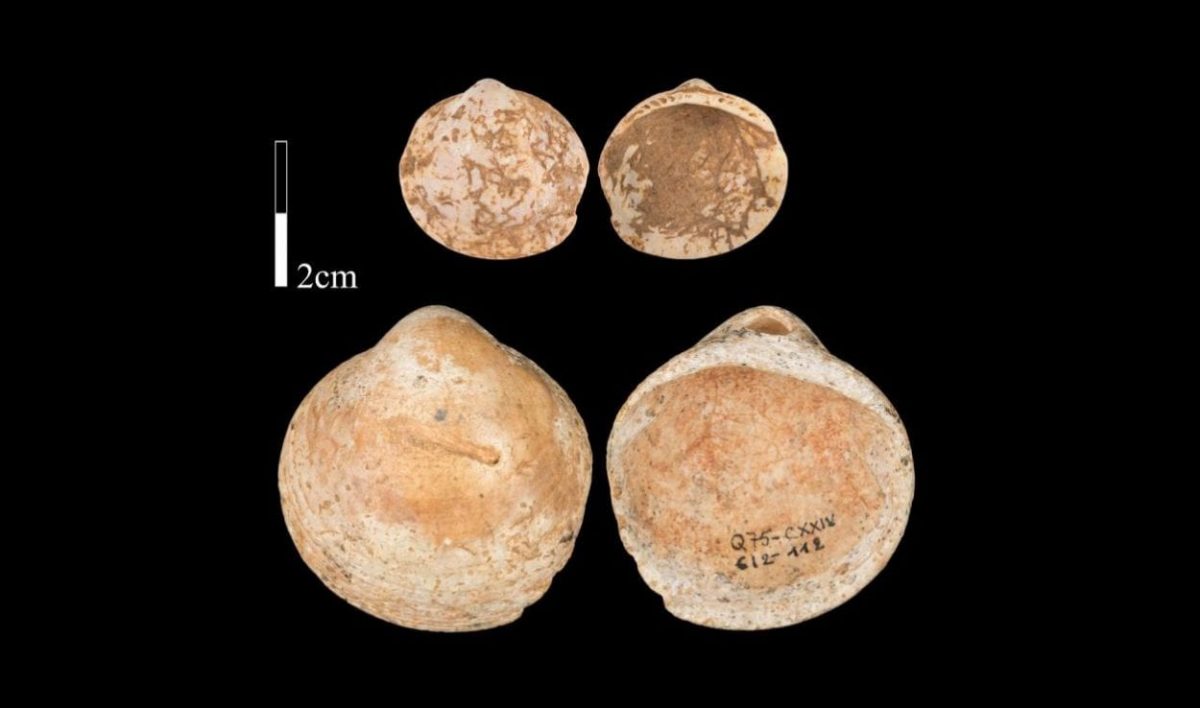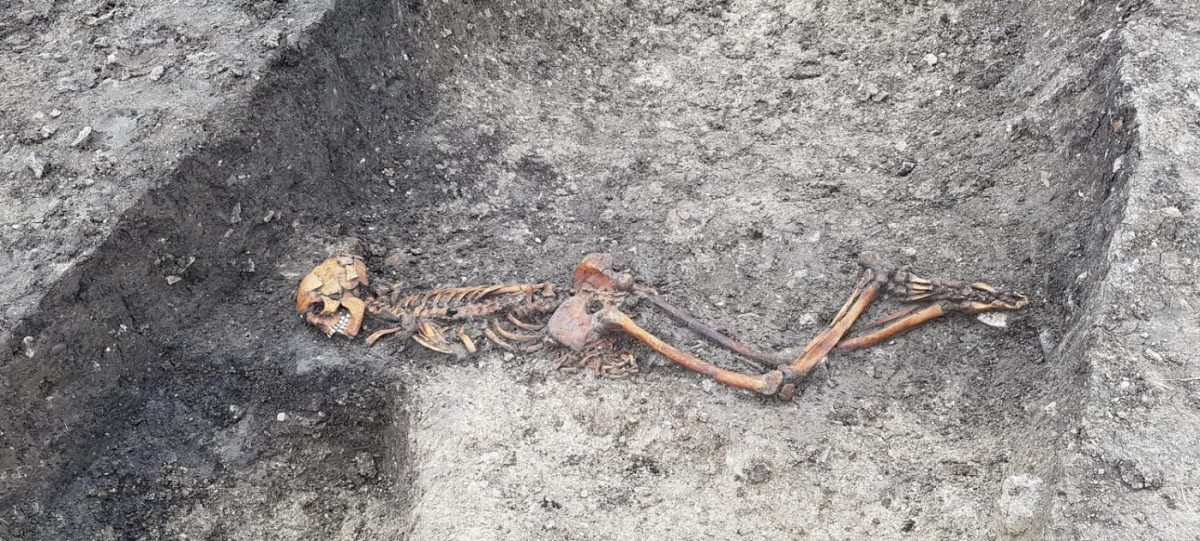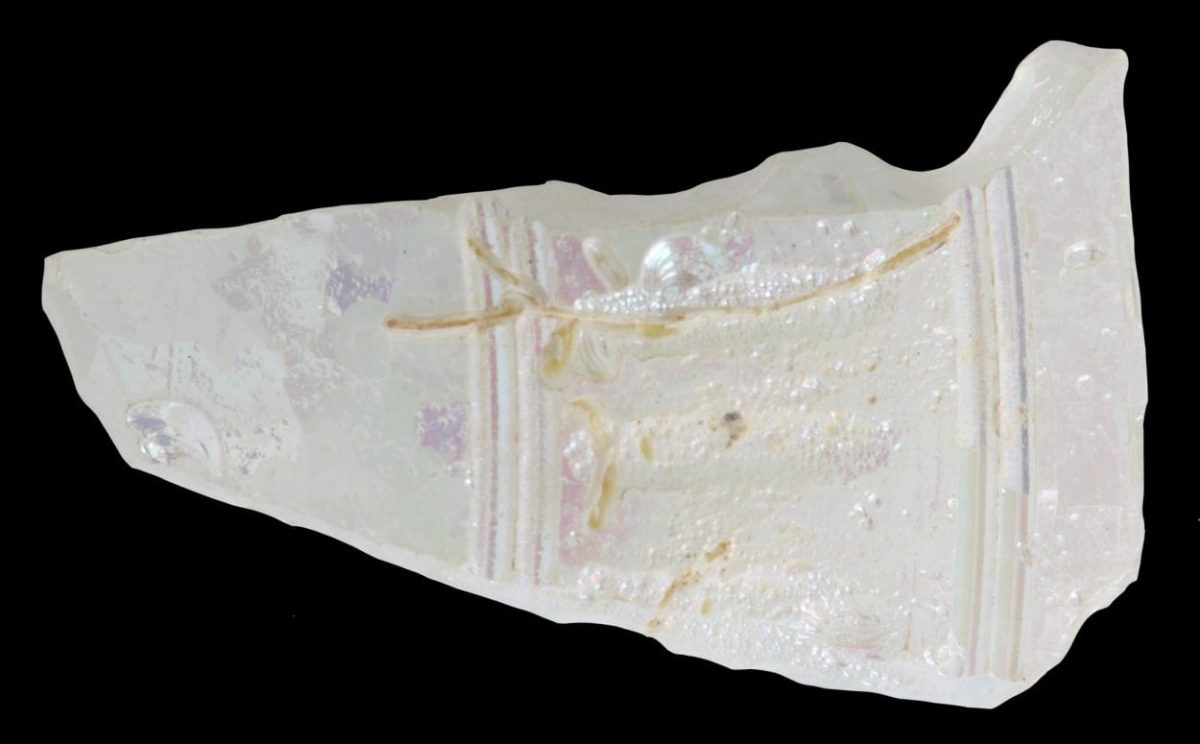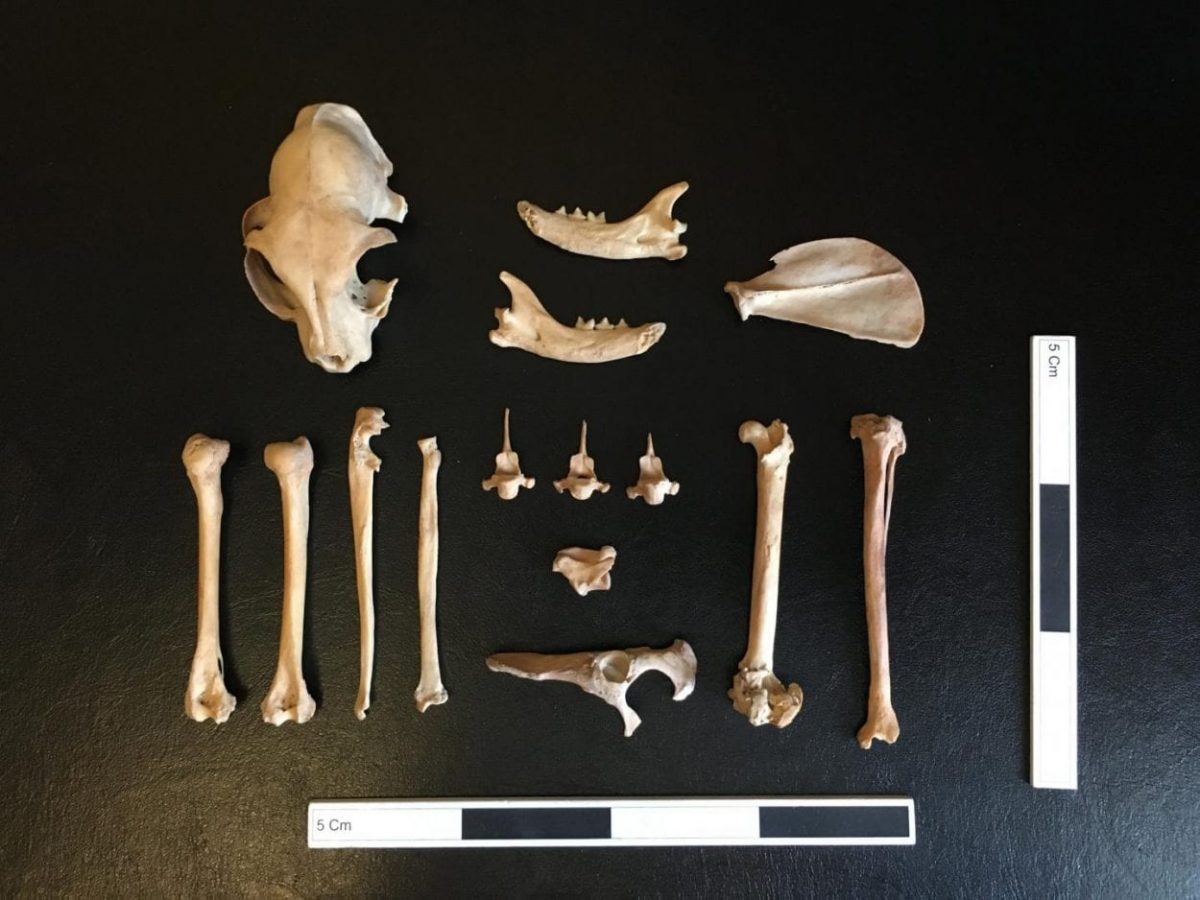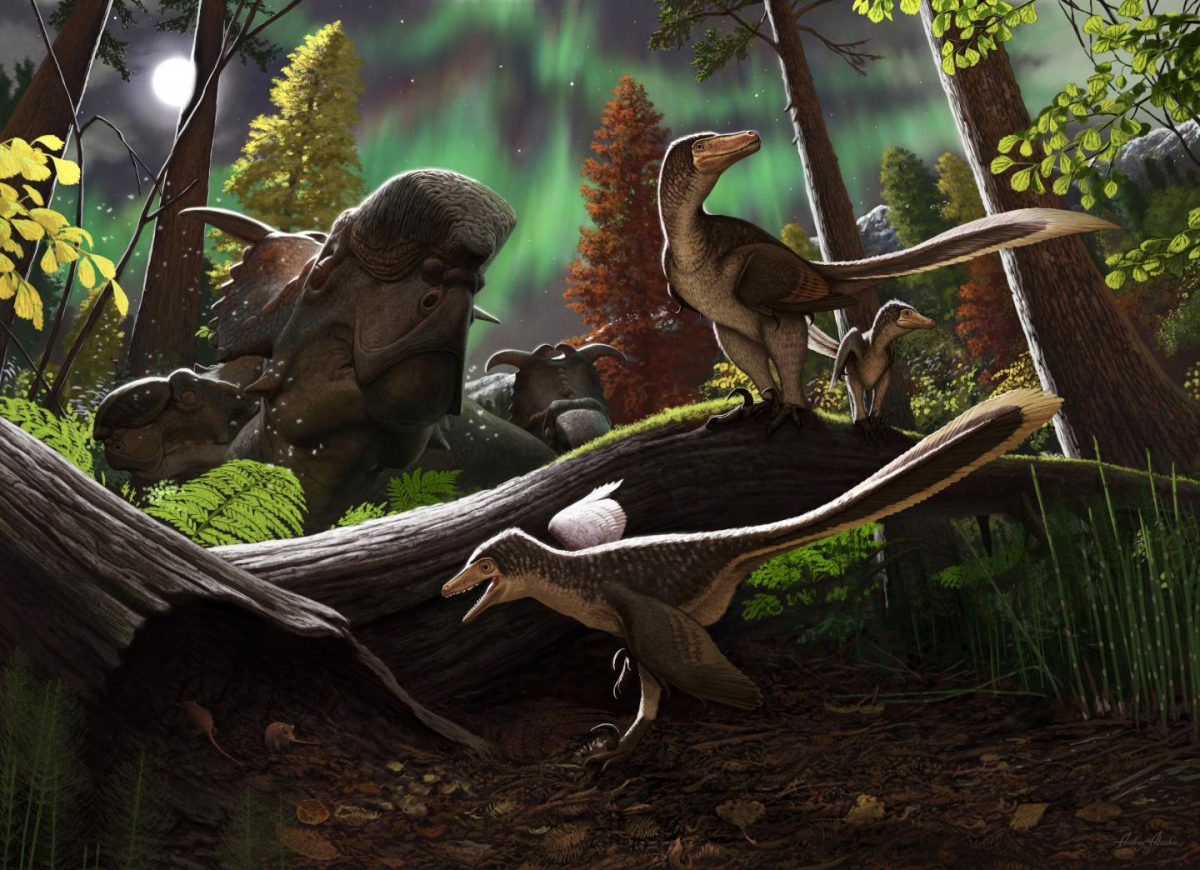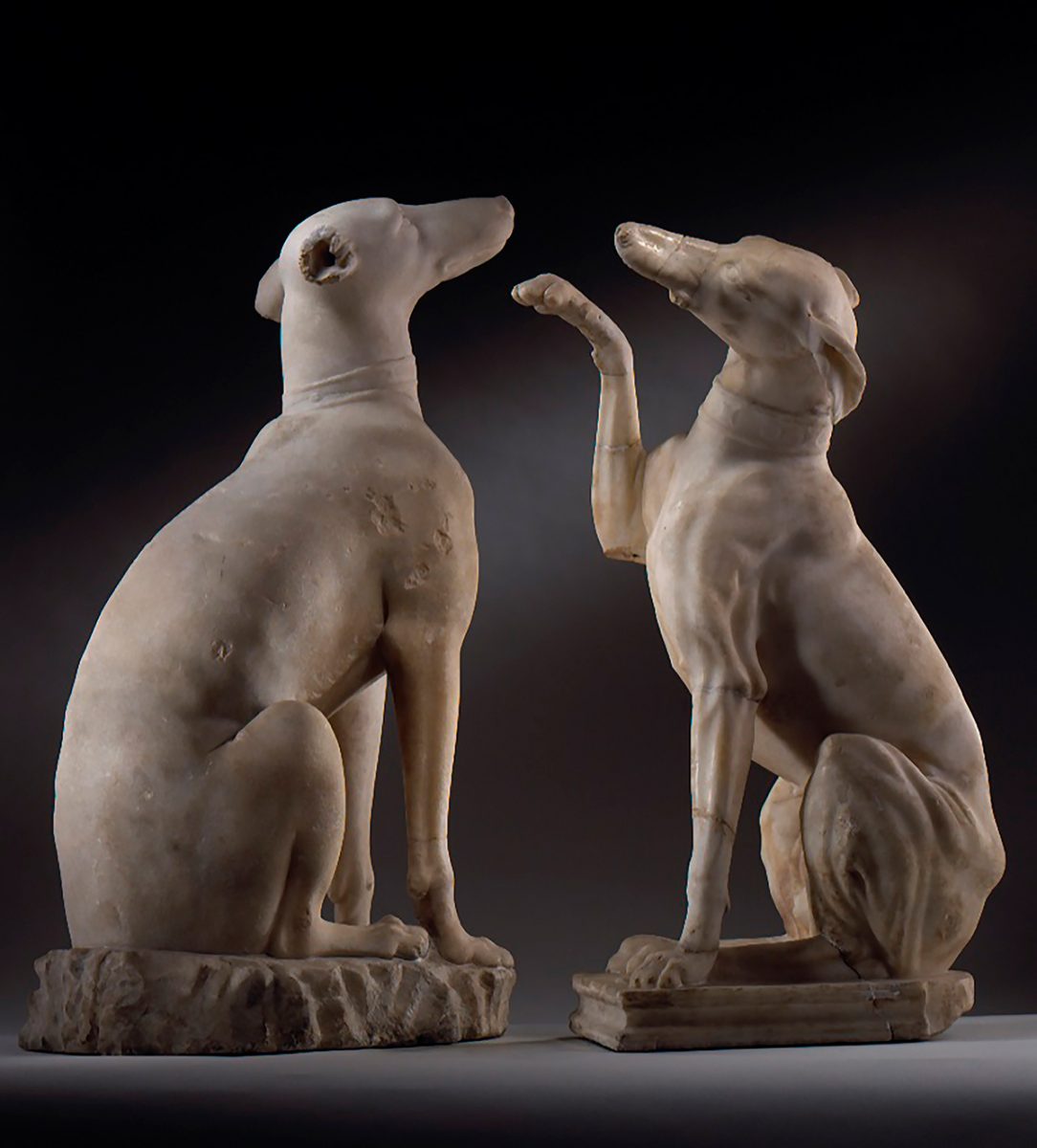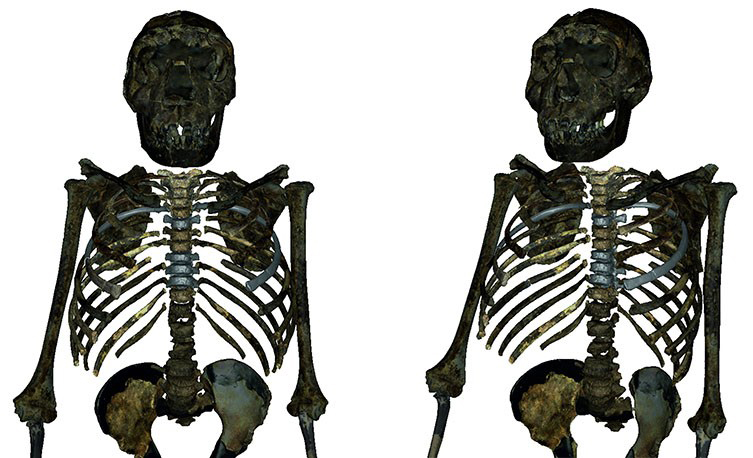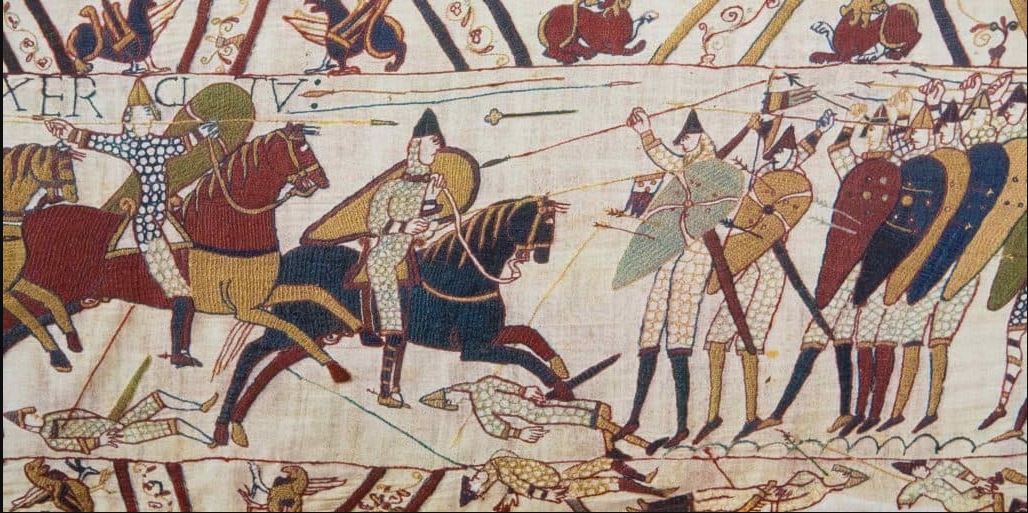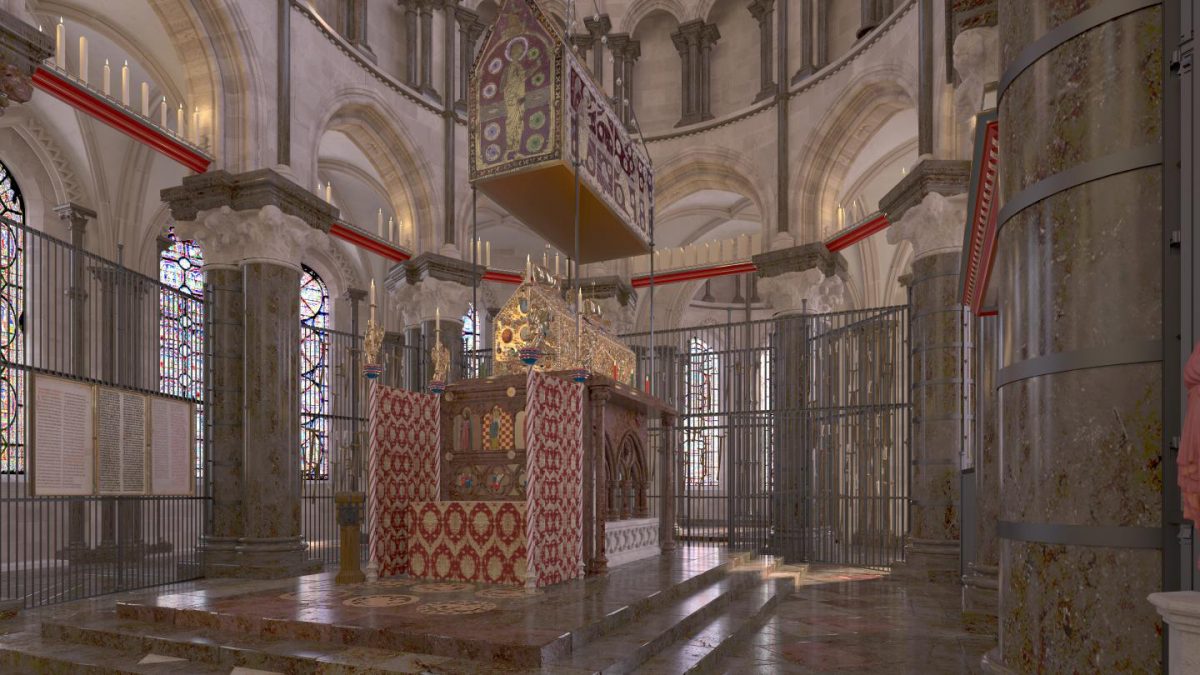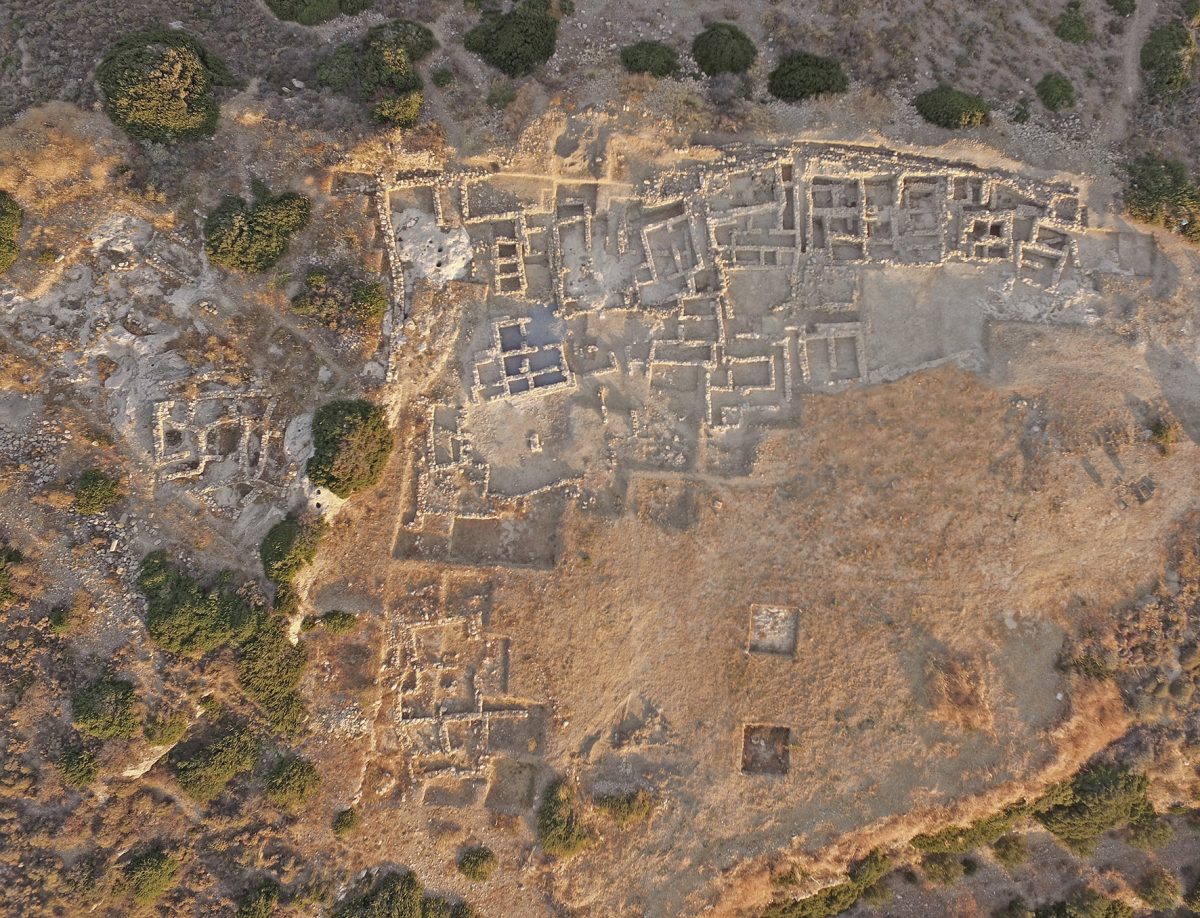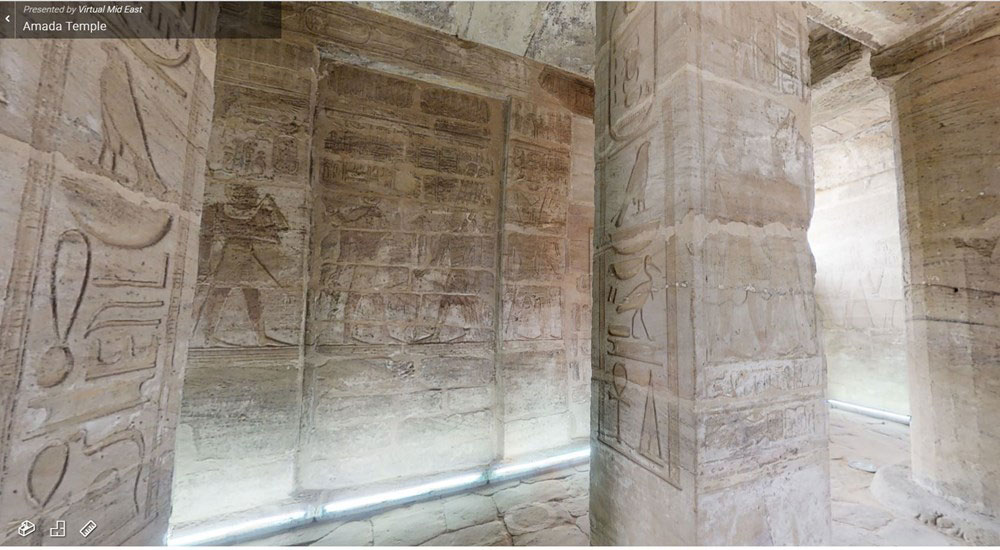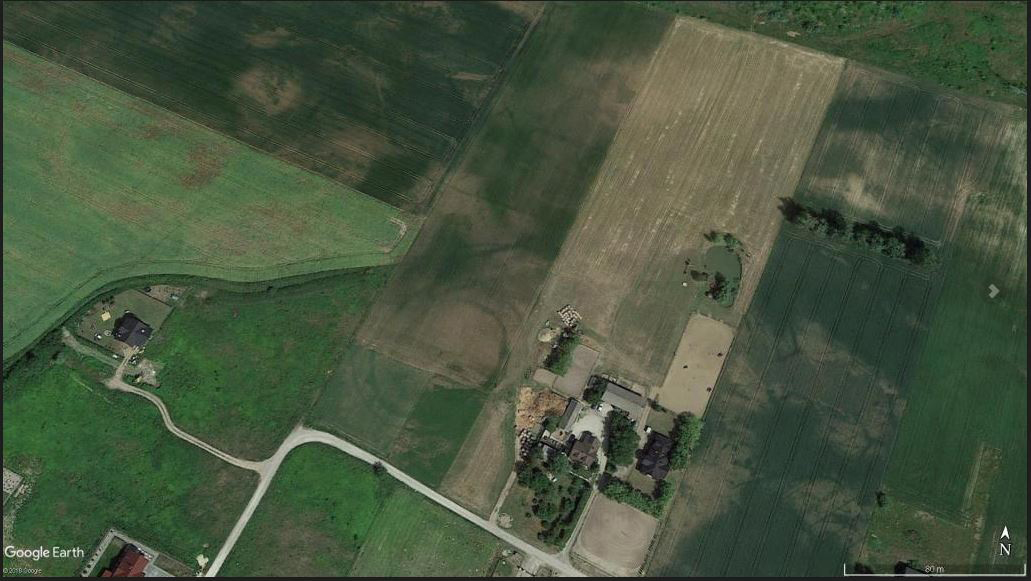David Hockney painting fetches record price
"30 Sunflowers" is the second most expensive work by a Western artist sold in Asia.
UNESCO to reexamine the status of Hagia Sophia
"It is unfortunate that Turkey's decision was not the subject of dialogue, nor was there any earlier notification", said the statement.
Colossal Atlas statue to be raised upright in Sicily’s Valley of the Temples
Still, there is a controversy as to how this is going to materialize.
Remains of Aztec palace & house built by Hernán Cortés discovered
Archaeologists from the National Institute of Anthropology and History (INAH) have discovered basalt slab floors from the Palace of Axayácatl, and remains of a house built by the conquistador Hernán Cortés.
Archaeologists uncover 29,000 years of Aboriginal history
Radiocarbon dating of shell middens captures a record of Aboriginal occupation in South Australia’s Riverland region to around 29,000 years.
The plight of the Kalahari San
In “The Plight of the Kalahari San: Hunter-Gatherers in a Globalized World,” author Robert K. Hitchcock describes how challenges faced by San communities are connected to national-level and international-level legal and developmental frameworks.
5,000 years of history of domestic cats in Central Europe
Although the common history of cats and people began 10,000 years ago, the origins of the relation still remain unknown.
Gigantic trunk of fossilized tree found on Lemnos
"This is an impressive find of the fossilized trunk of a coniferous tree" said Mr. Zouros to the Athens and Macedonia News Agency.
Ancient shells were hung on strings and painted with ochre
Ancient humans deliberately collected perforated shells in order to string them together as beads, according to a study.
Iron Age murder victim found in Buckinghamshire
A wealth of archaeology finds have been revealed by HS2 archaeological work at Wellwick Farm, near Wendover on the HS2 line of route.
Hafnium isotopes clinch origin of high-quality Roman glass
In a new international collaboration study researchers have found a way to determine the origin of colourless glass from the Roman period.
Study suggests cats accompanied Kazakh pastoralists as pets
A new study by an international team has suggested that the common domestic cat accompanied Kazakh pastoralists as pets more than 1,000 years ago.
The jardinieres on Panepistemiou street have been vandalized
Late on Monday night, unknown persons vandalized the jardinieres along Panepistemiou Street, placed there as part of recent works of the city’s municipality to make Athens more pedestrian friendly.
Fossil jawbone from Alaska belongs to dromaeosaurid dinosaur
This fossil is a clue to the history of how dinosaurs dispersed between continents, showing some dinosaurs likely nested in the far north.
Art dealer claims to have found a lost work by Frida Kahlo
“La Mesa Herida” was first exhibited in 1940, disappeared in 1955 and has since become the subject of an international quest.
Outstanding Roman figures of Celtic Hounds at risk of export
Culture Minister Caroline Dinenage has placed a temporary export bar on two marble figures of Celtic Hounds carved during the Roman period.
Seeking ancestral commonalities with modern human body type
An ancestor to modern humans had a stockier build than previously thought—one that is quite different from today's human body.
The Little Mermaid of Copenhagen with “Racist Fish” graffiti!
Denmark woke up a few days ago to see the words “racist fish” written on the base of the Little Mermaid that has been in Copenhagen port for 107 years.
Norman Conquest of 1066 did little to change people’s eating habits
Archaeologists from Cardiff University and the University of Sheffield have combined the latest scientific methods to offer new insights into life during the Norman Conquest of England.
Digital reconstruction of most important medieval shrine
Released on the 800th anniversary of the creation of Saint Thomas Becket's shrine, stunning CGI reconstruction uses new evidence to show how it would have likely appeared.
Campaign for the cemetery of the Minoan palace at Petras
Signatures are being gathered for excavations to continue and the planned works to go ahead in the autumn.
Virtual tour in the Temple of Amada, Egypt
Dedicated to the gods Amun and Ra-Horakhty, it is one of the earliest and most important temples in Nubia.
15,000 year old ear infections discovered in burials from the Levant
A study by Tel Aviv University has discovered evidence of ear infections in human remains, by studying the skulls from inhabitants of the Levant around 15,000 years ago.
Toruń structures dating back 7,000 years were enormous
Massive 7,000-year-old structures with a rounded or circular plan known as roundels discovered near Toruń, consisted of ditches up to 3m wide and 2m deep.


